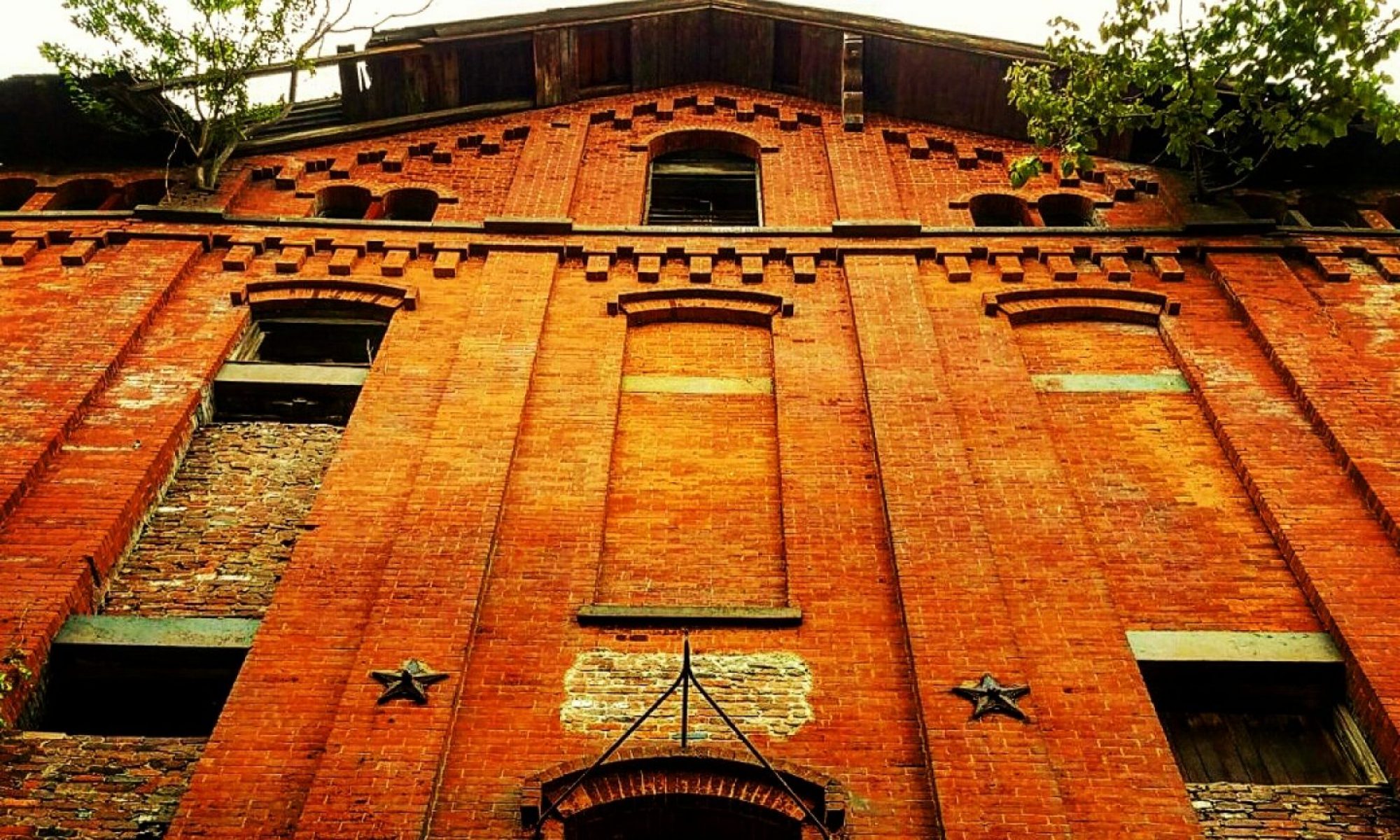
The Bronx: a bucolic oasis laden with history, a suburb within city-limits, an urban warzone, and thanks to the recent renaissance, a phoenix of progress rising from the proverbial ashes of the fires that burned through the borough in the 1970’s.
But many people are unaware that the Bronx also brewed.
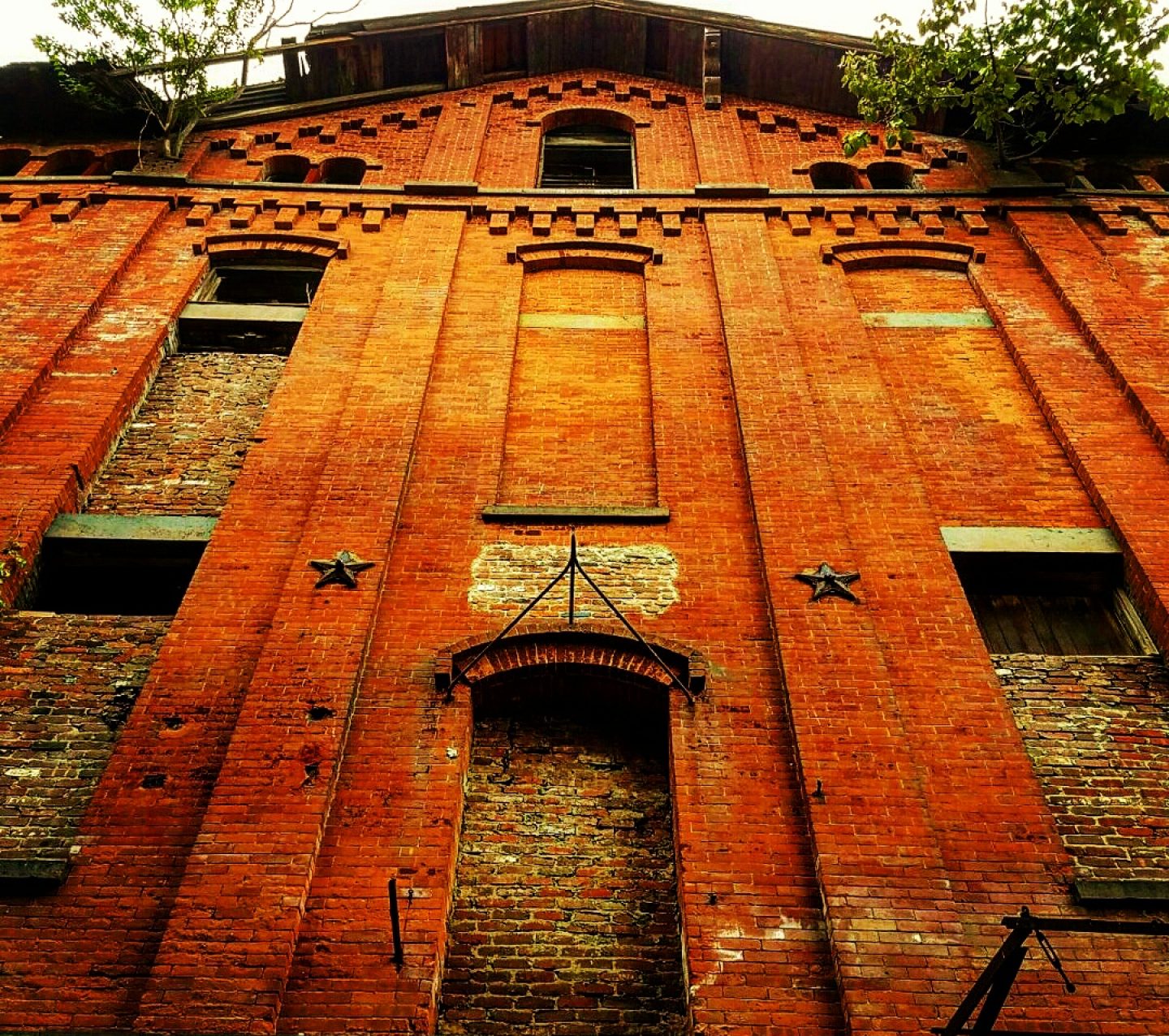
Uncovering the brewing industry of the Bronx not only reveals the story of the lost industry, but it also communicates the narrative of the development of the Bronx.
The brewers were German immigrants who pioneered a thriving industry by introducing lager beer to the United States by taking advantage of the natural landscape, as well as the modernizing infrastructure.
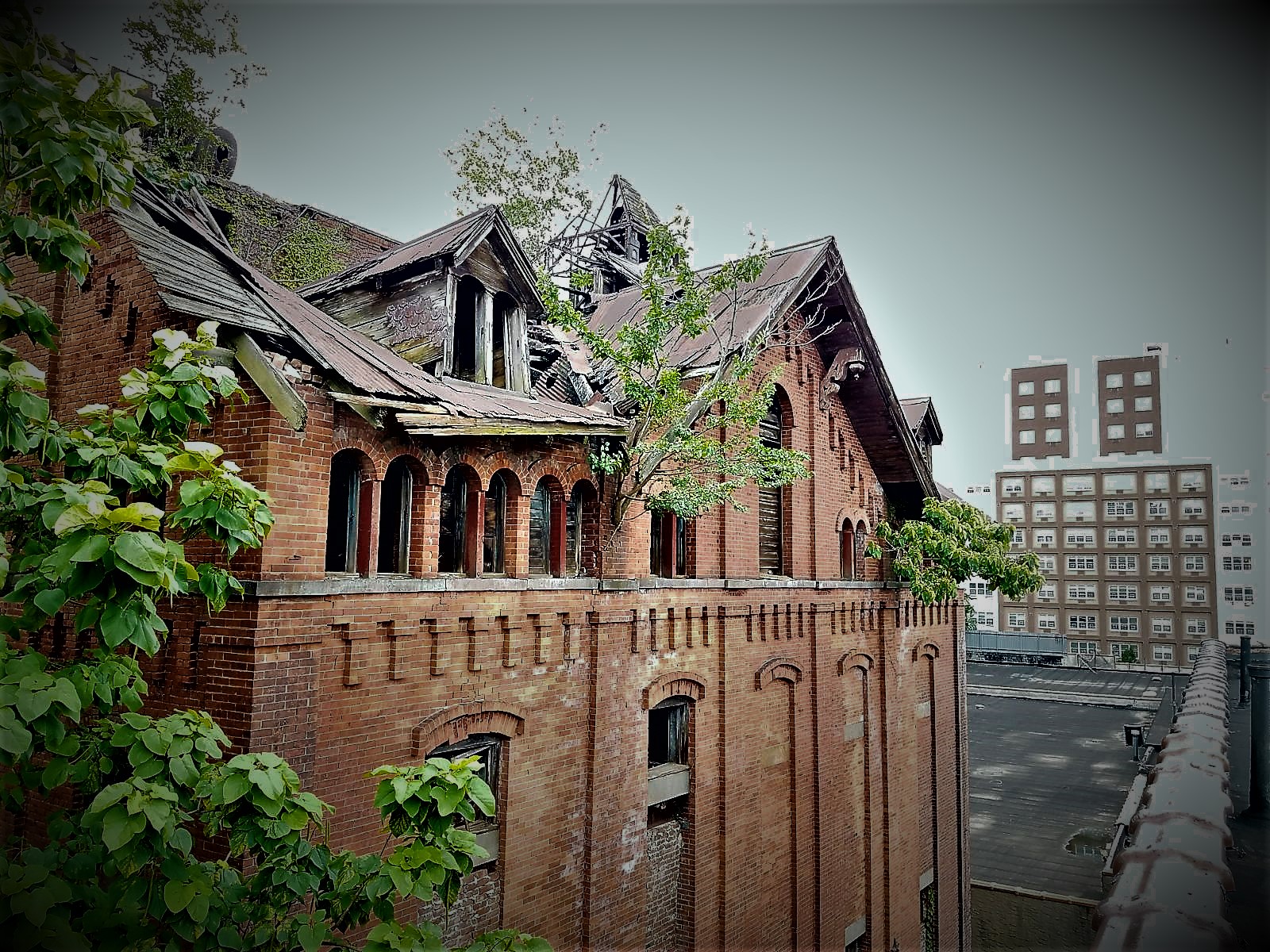

The modernization of the Bronx helped the industry of local brewers thrive, but it was also the catalyst which brought the industry to the Midwest. Ultimately, it was Prohibition that killed it.
The Bronx was Brewing: A Digital Resource of a Lost Industry was created because the Bronx needs more online scholarship available for the general audience. It explains the industry through summaries and photo-essays on Bronx Immigration and Industrialization, Failure and Renaissance, including scores of historical maps, original and archival photography, statistics, and illustrations.

There were several reasons why the brewing industry was successful in the Bronx: prospectors were attracted to the cheap land which beckoned pioneering manufacturing businesses that did not require a lot of investment capital; the era’s surplus capital enabled entrepreneurs to take rewarding business risks; modernizing transportation systems linked the Bronx to Manhattan making the area prime real estate for an industrial center and the rail and waterways provided access to the hops and barley being farmed in upstate New York; scientific development geared towards protecting raw materials and water in the Bronx also benefited the breweries.
And of course, the Bronx provided a huge source of immigrant laborers.
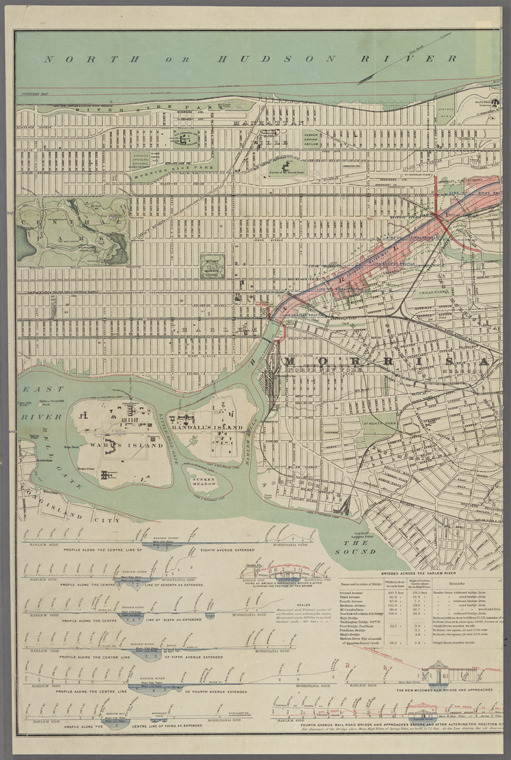
For much of the nineteenth century, beer was deemed a lot safer to drink than water. For most Americans, alcohol, and especially beer, was a reliable beverage clear of the pollutants found in local wells. Urban water supplies were often unsafe and could spread diseases such as cholera. Before modern sewer systems were implemented, contaminants from local businesses and people’s homes were dumped in lakes and rivers. Thus, even children would drink beer as the distillation process killed the germs found in the polluted water.
The Bronx’s geography was perfect for lager fermentation and industry. Surrounded by fertile land (with natural ridges, perfect for cave-fermented lager), creeks, canals, rivers, rails, the German brewers could cart in clean Adirondack water on the Croton Aqueduct, ice from upstate lakes, and grain from upstate. The industrialization and modernization of the Bronx helped the industry thrive, and was also a catalyst in its demise, as the industry eventually moved to the mid-west.
.
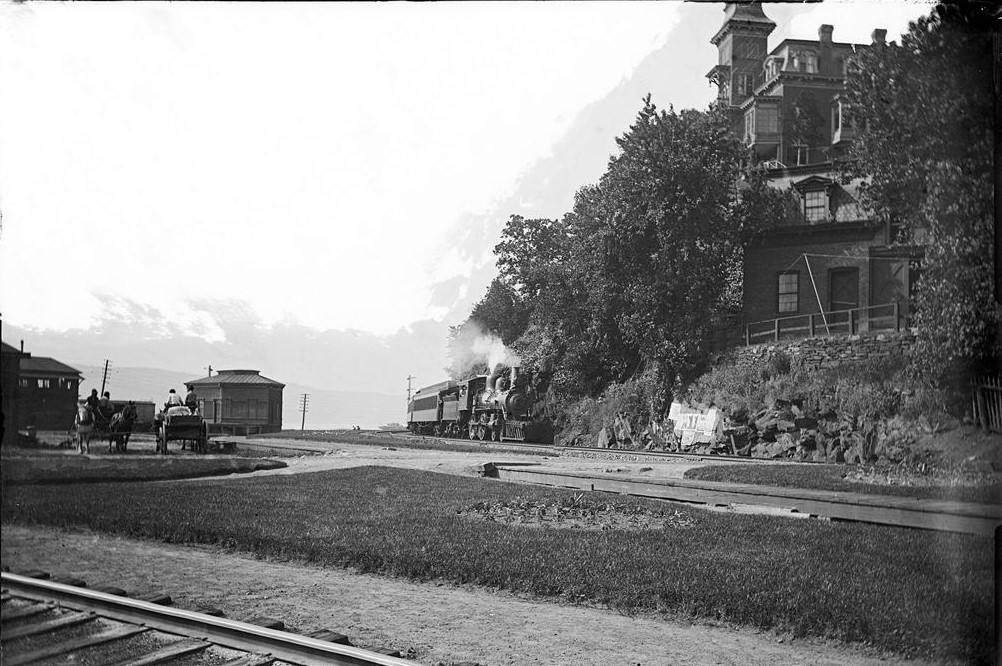
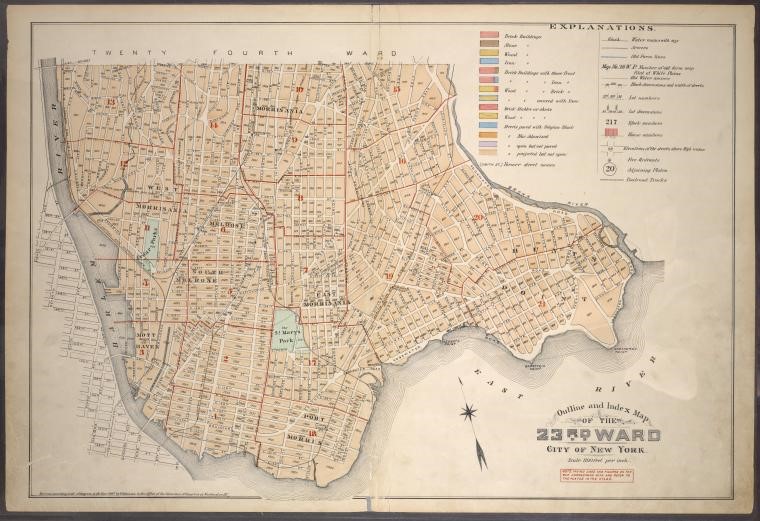
Two common threads are evident in the sources used for researching New York: one, beer is often mentioned, and two, the Bronx is rarely mentioned, not even in the index.
Digital Bronx resources are few and far between; research on the Bronx is scattered, incomplete, or miscategorized. The Bronx is often an afterthought within New York’s historical archives when compared to Manhattan and Brooklyn.[1] Thus, researching the Bronx Breweries is a slow process. Unless, you know intuitively that an address that simply says, “Third avenue, NY” is actually in the Bronx and not Manhattan, you would not know where the important brewing center was located.[2] Even recent mapping projects for New York City ignore the former Bronx breweries.

The Bronx Was Brewing: A Digital Resource for a Lost Industry views the rise of the Bronx through its beer culture and why it was an impetus to the evolution of the city and its drinking habits. By beginning with the location of the breweries, we will explore why the Bronx, for a time, became part of the lager capital of the world.
By utilizing a multi-disciplinary approach to Bronx history, one can track the changing tastes in, and culture of, Bronx beer, from the evolution of the lager industry, to the failure caused by Prohibition, to the Bronx of today.
Cheers!
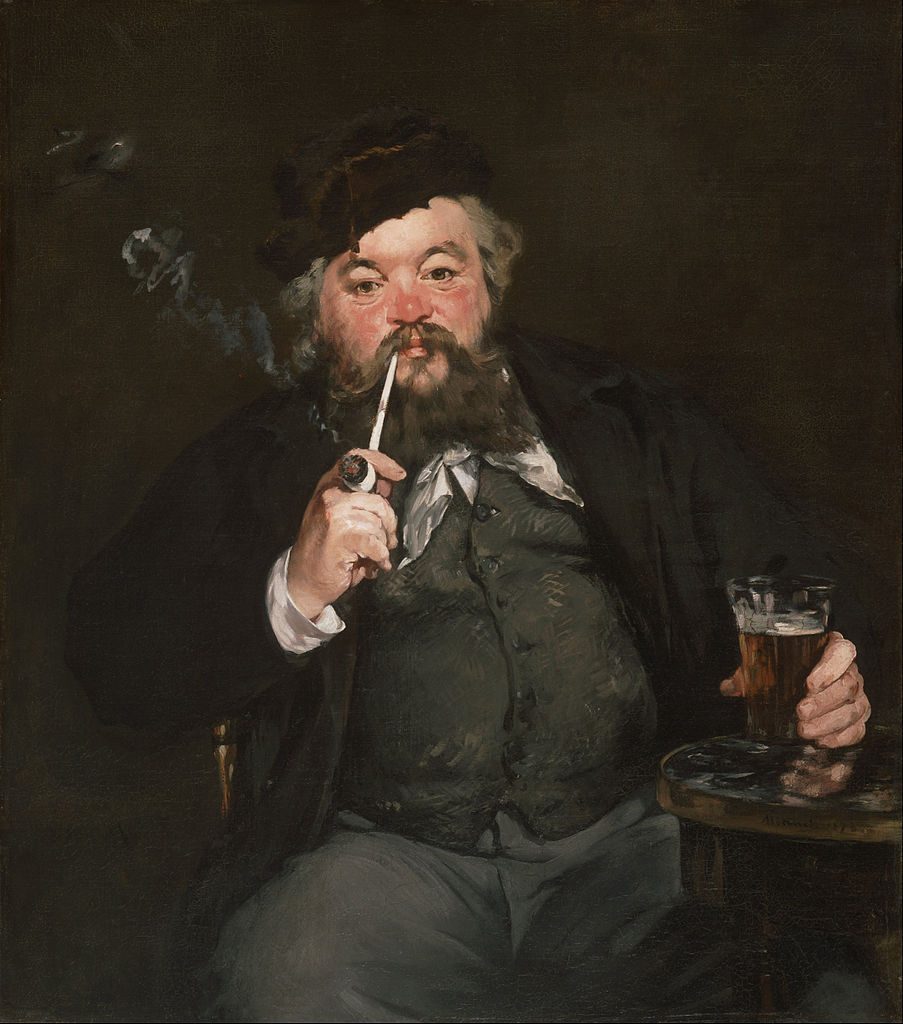
[1] Joel Schwartz, Community Building on the Bronx Frontier: Morrisania, 1848- 1875. Dissertation. Department of History, 1973. Lloyd Ultan and John McNamara have written numerous books on the Bronx with mentions of the breweries, but a modern detailed study of the beer foodways of the Bronx has not yet been done.
[2] John McNamara, History in Asphalt: The Origin of Bronx Street and Place names (New York: The Bronx County Historical Society, 1991), 243.
